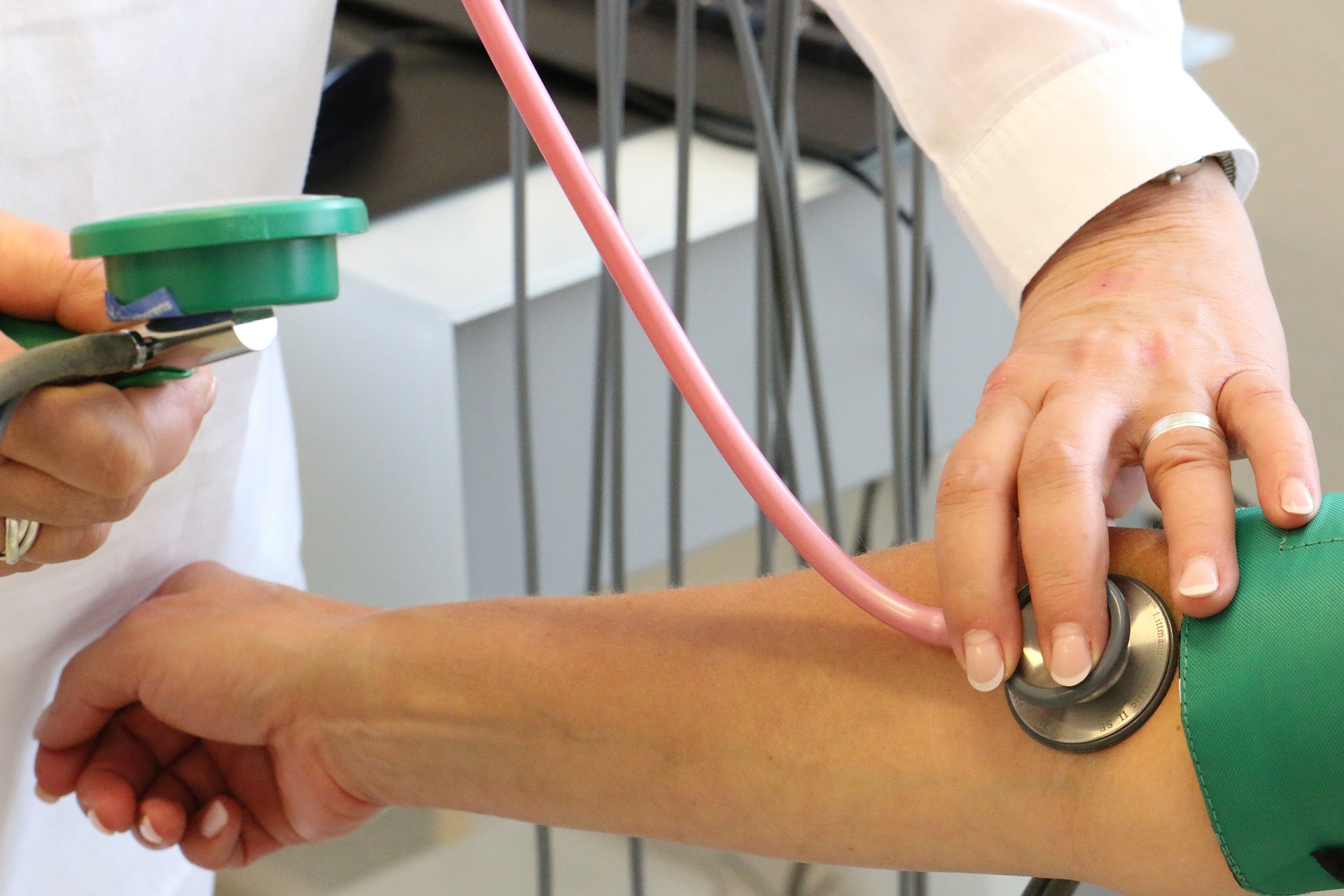Wearable Health Technology for Remote Patient Monitoring
The digital health revolution is upon us, and wearable health technology is at the forefront of this transformation. These innovative devices are not only changing how we track our fitness, but also how we monitor and manage our health. Read below to discover more.
The Rise of Wearable Health Technology
In the past few years, wearable health technology has evolved from simple fitness trackers to sophisticated devices capable of monitoring a wide range of health parameters, including heart rate, blood pressure, sleep patterns, glucose levels, and more. These advancements are largely due to improvements in sensor technology, data analysis capabilities, and wireless connectivity.
Remote Patient Monitoring
Remote patient monitoring (RPM) involves the use of digital technologies to collect medical data from individuals in one location and electronically transmit it to healthcare providers in a different location for assessment and recommendations. Wearable health technology plays a critical role in RPM, providing continuous real-time data that can alert healthcare providers to potential health issues before they become major problems.
Benefits of Wearable Tech in Healthcare
One of the key benefits of wearable health technology is that it allows for proactive rather than reactive healthcare. With continuous monitoring, potential health issues can be identified early, often before the patient is even aware of a problem. This can result in quicker intervention, better outcomes, and reduced healthcare costs. Additionally, wearable tech can offer patients more control over their health, encouraging them to engage more actively in their care.
Examples of Wearable Tech in RPM
There are numerous examples of wearable health technology being used in RPM. These range from smartwatches that can detect irregular heart rhythms to diabetes management devices that continuously monitor glucose levels. There are also wearable devices for sleep monitoring, respiratory health, and even mental health – providing data on stress levels, mood, and cognitive function.
Challenges and Future Directions
Despite the many benefits and advancements, there are still challenges to overcome in the field of wearable health technology. These include issues around data privacy and security, device accuracy, and patient adherence to using the technology. However, with ongoing research and development, the future of wearable health technology in RPM looks promising.
Useful Tips and Facts:
- Wearable devices should be used in conjunction with, not as a replacement for, regular medical check-ups.
- Always ensure your wearable device is secure and encrypted to protect your personal health data.
- Understand the limitations of your device – not all wearables are 100% accurate, and they may not detect all health issues.
In conclusion, wearable health technology is revolutionizing remote patient monitoring, offering numerous benefits for both patients and healthcare providers. As we continue to navigate this digital health revolution, the potential for improved patient care and outcomes is immense.





